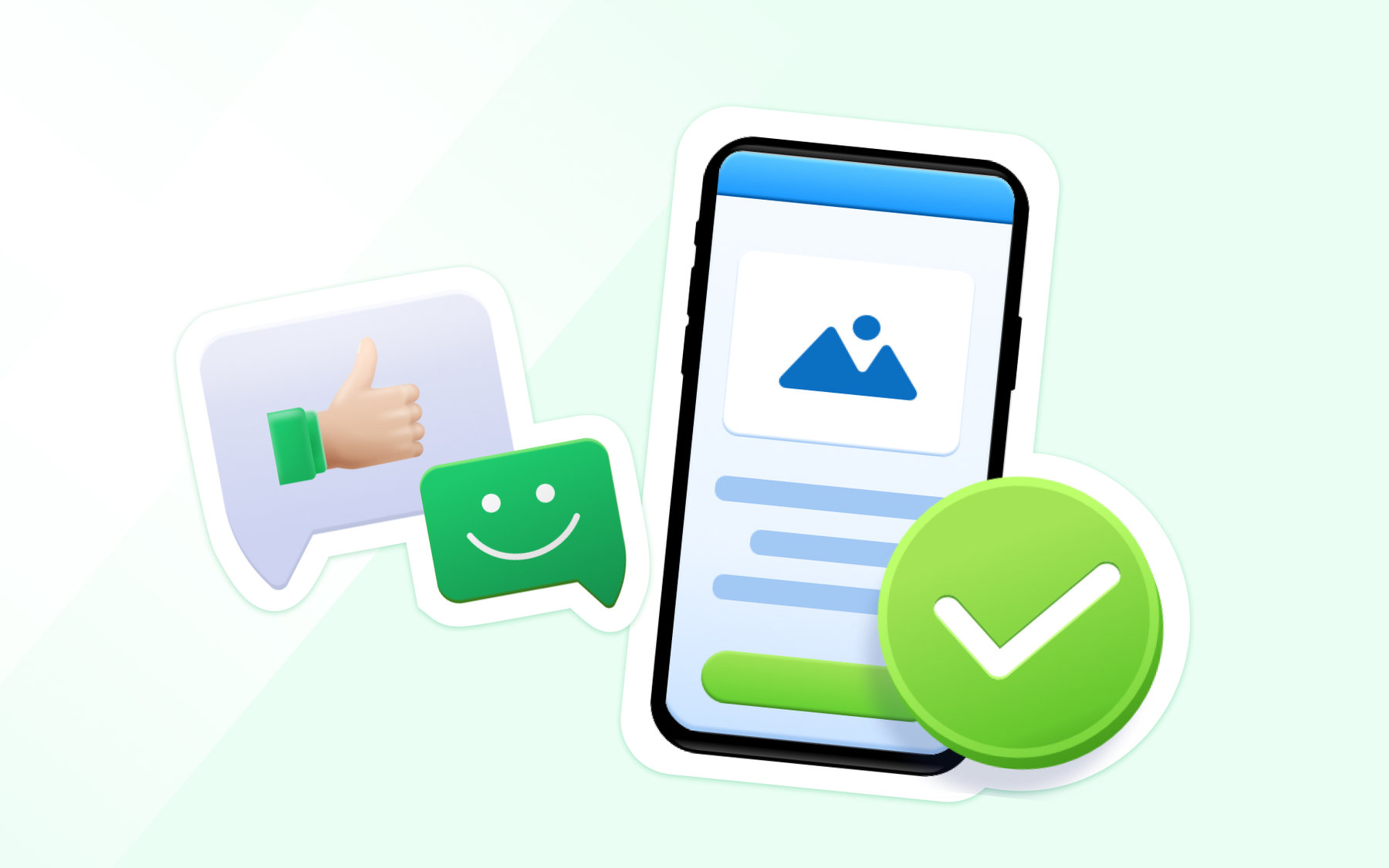Choosing a new admissions system may seem like a difficult task, but it doesn’t have to be as hard as it looks. Here at OpenApply we speak with schools every day who are looking for new systems. They all have different needs, timelines, and decision-making processes, but there are a few things that will help any search go more smoothly. Check out our tips below to get you started on your search for a system!
 Who are the users?
Who are the users?
Before choosing a system, one of the first steps is establishing who will be using it. Admissions is a given, but who else will have a role? Does the Head of School need access to approve applications? Will IT be helping to manage the system? Do teachers need to view information about incoming students? By establishing the users, you’ll get a better sense of the stakeholders and what functions they need.
 Establish your pain points
Establish your pain points
The point of taking your admissions process online should be to create efficiency and make everyone’s life easier. Tired of all that manual data entry? Look for systems that maximise entry by parents and minimise duplicate work for admissions. Overloaded with hundreds of emails to send? Put simple bulk messaging with customisable templates at the top of your wish list. Determining your pain points will narrow your options and provide direction for your search.
 Get feedback from peers
Get feedback from peers
There are many options for systems out there, and it can be hard to know which one best fits your needs, especially when you haven’t used it yet. Don’t hesitate to make use of your professional network to find out how specific systems have worked out for other schools. You’ll get the best feedback from schools that are similar to yours in size, type, and market. Take advantage of conferences, Linked-In groups, and connections with former colleagues to get the scoop on which system might be best for your school.
 Utilise demos and free trials
Utilise demos and free trials
Most providers offer different options to try out their platforms before you take the plunge and purchase. While advice from current users is helpful, nothing can beat actually trying the software yourself. Take the opportunity to play around in a demo account and see what different kinds of features exist. If a trial account is offered, you can utilise it to actually customise certain features and see how the system can adapt to your school’s needs.
 System Support
System Support
A vital part of any system is the support team that teaches you how to use it, helps you customise, and fixes it when things go wrong. When you’re choosing a system, you’ll want to consider what type of support is available: phone, email, online chat, or something else? Will you have one assigned person to work with? What happens if it’s night time or the weekend? Are there any extra charges? Find out what kind of support material is offered and how often it’s updated. All of these things are important to consider if you want to make sure things will run smoothly after the purchase has been made.
 Product Vision
Product Vision
No system is going to be perfect, and there will always be certain features you’d like added or improved, no matter which system you end up choosing. However, different companies will have different visions for where their product will be in upcoming years. Find out if the company has a clear product roadmap for at least the next 6 months to 1 year. How often do they release new features and improve existing ones? Are there opportunities to provide feedback and influence product development? You want to make sure that not only will the system you choose work for you right now but it will continue meeting your needs for years to come.
 Data Security
Data Security
Be sure any system you use is up to your school’s and your country’s data security standards. An admissions system holds all kinds of sensitive information, so you’ll want to make sure it’s safe and secure. Some good questions to ask are where the data is stored, how it’s backed up, and what privacy standards the company guarantees. Any company should make this information readily available for review at any time.
 Look beyond the discount
Look beyond the discount
Budget is of course important to any school, especially if you work for a not-for-profit or government school. It’s always tempting to request a discount because you might as well ask right? Many companies will be reluctant to negotiate on price, but are certainly willing to offer other freebies that will still greatly benefit the school. Often companies are happy to throw in a free training, support session, or a workshop. You’re still adding value to the package for your school, even if you’re not directly cutting the price. A company also might not be too keen to drop the price for the overall system, but things like implementation fees, data import fees, setup fees, etc. can be negotiated down or removed. Don’t be afraid to try to get some extra benefits, but try to think more creatively than a simple percentage.
 Stick to your timeline
Stick to your timeline
It’s easy to create a timeline, but unfortunately harder to stick to one. Start by setting a go live date and work backwards to decide when you’ll need to have chosen a system by. From there decide how long you will need to spend gathering information, and if you should set aside time for a trial. Don’t forget to take into account holidays and busy periods! Making specific individuals responsible for completing each timeline milestone will increase the likelihood that you stick to the plan.
 Get everyone on the same page
Get everyone on the same page
Many people will likely be involved in the system selection process, but if you let the search get pulled in too many different directions, you’ll never make a final decision. Once you’ve determined who the system is for, the pain points, gotten feedback, and established a timeline, ensure everyone involved is on board with the plan. Your search will go more smoothly if everyone is looking in the same direction.
Want to learn more or add your own tips? Connect with MacKenzie at [email protected]!
















 All Services
All Services


